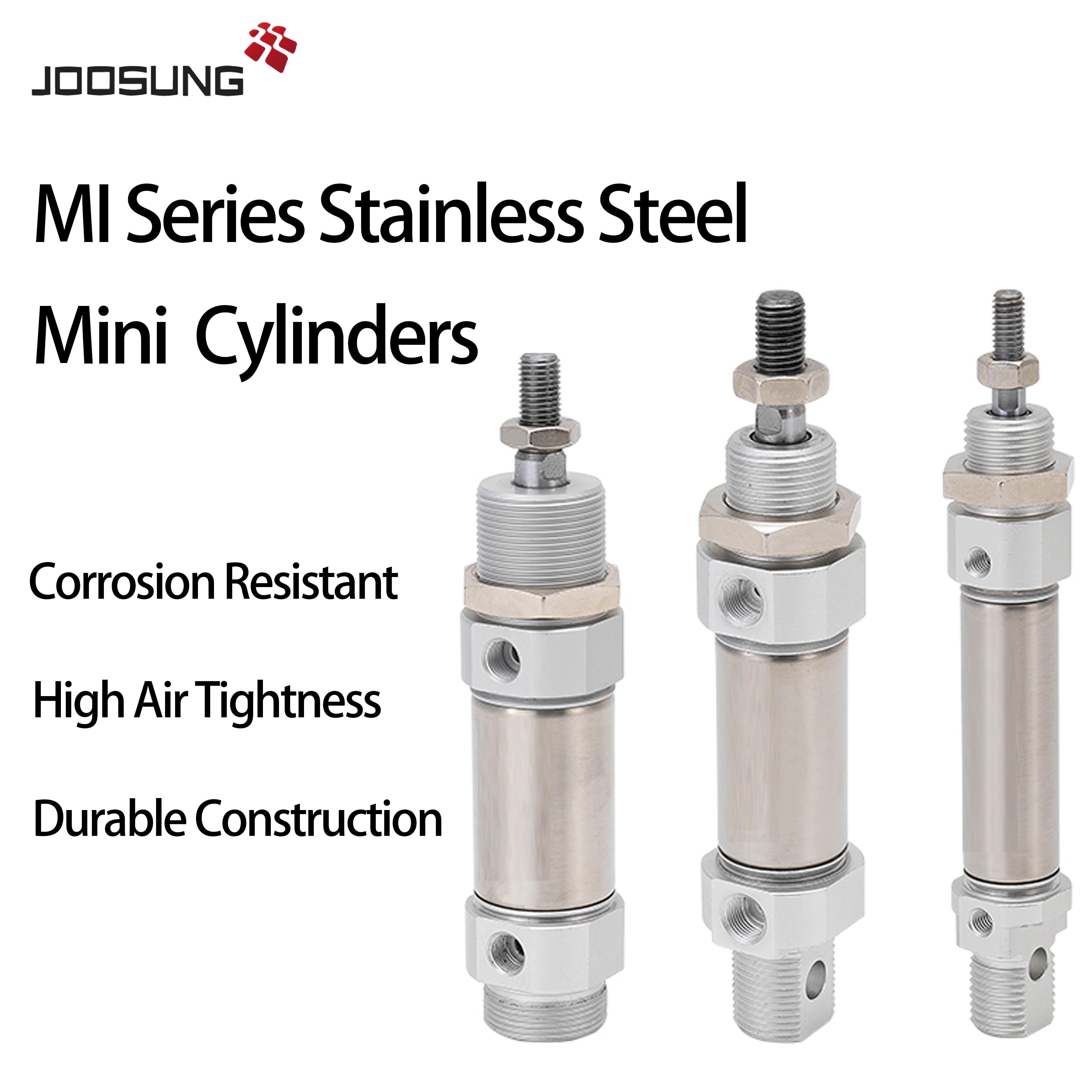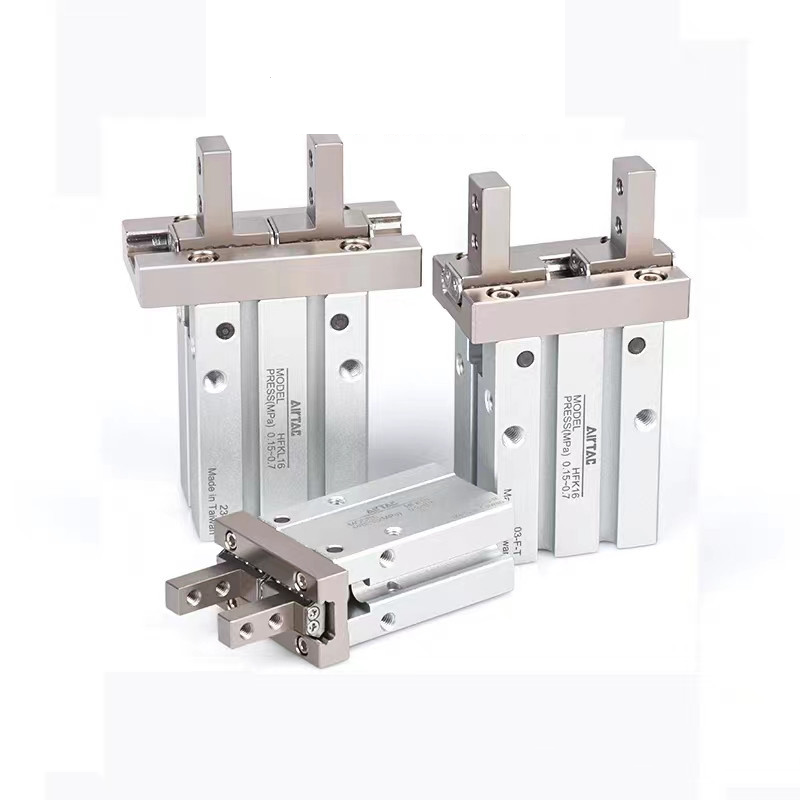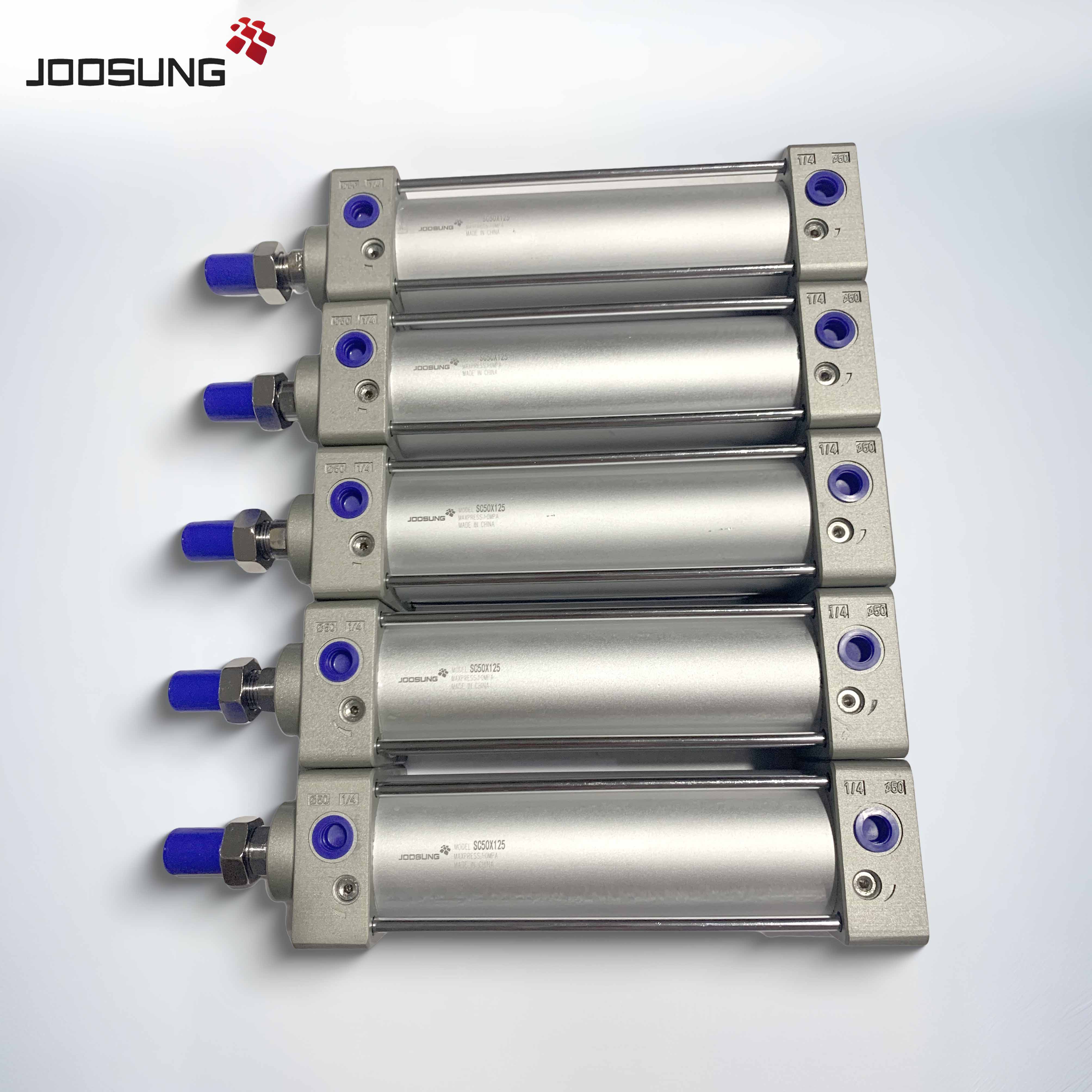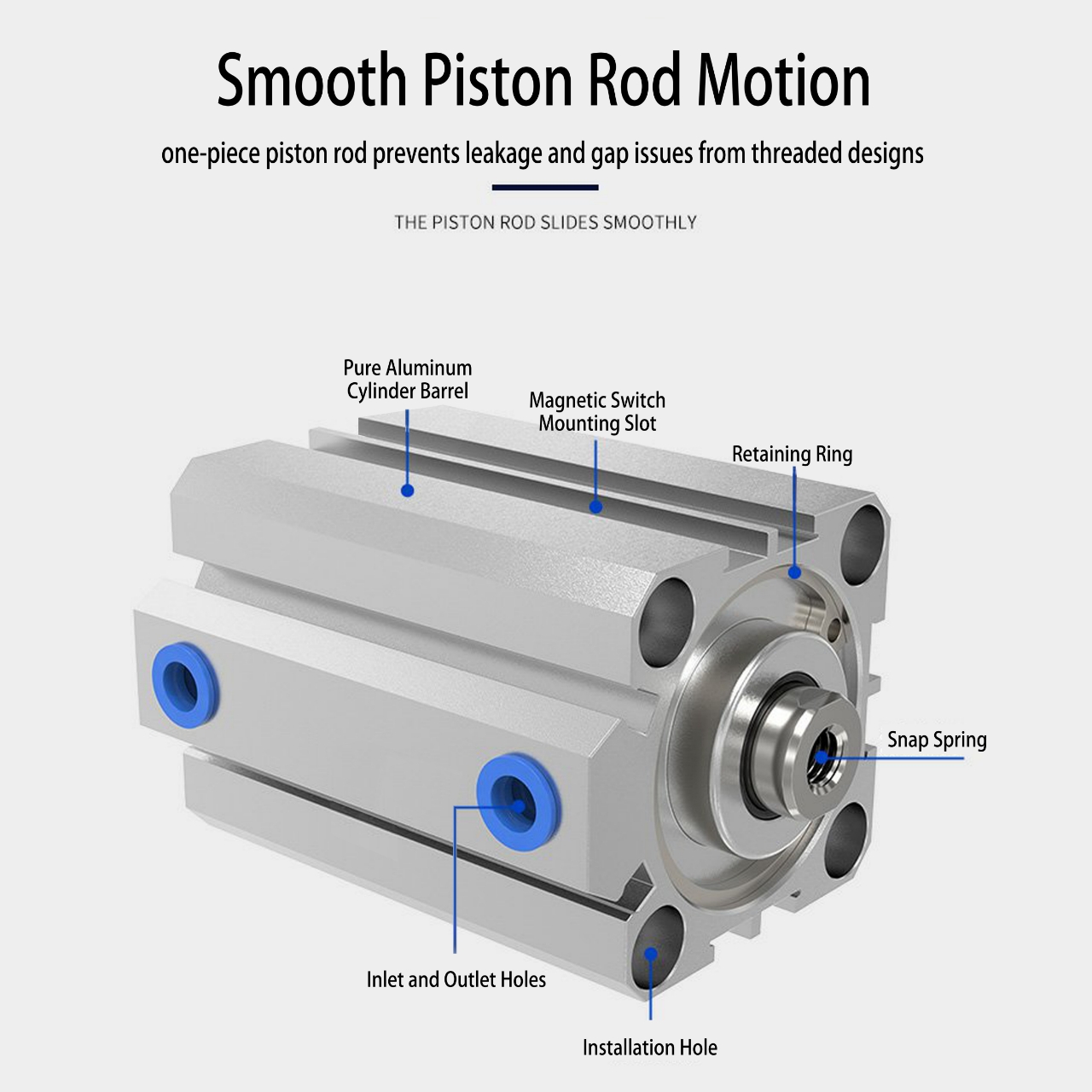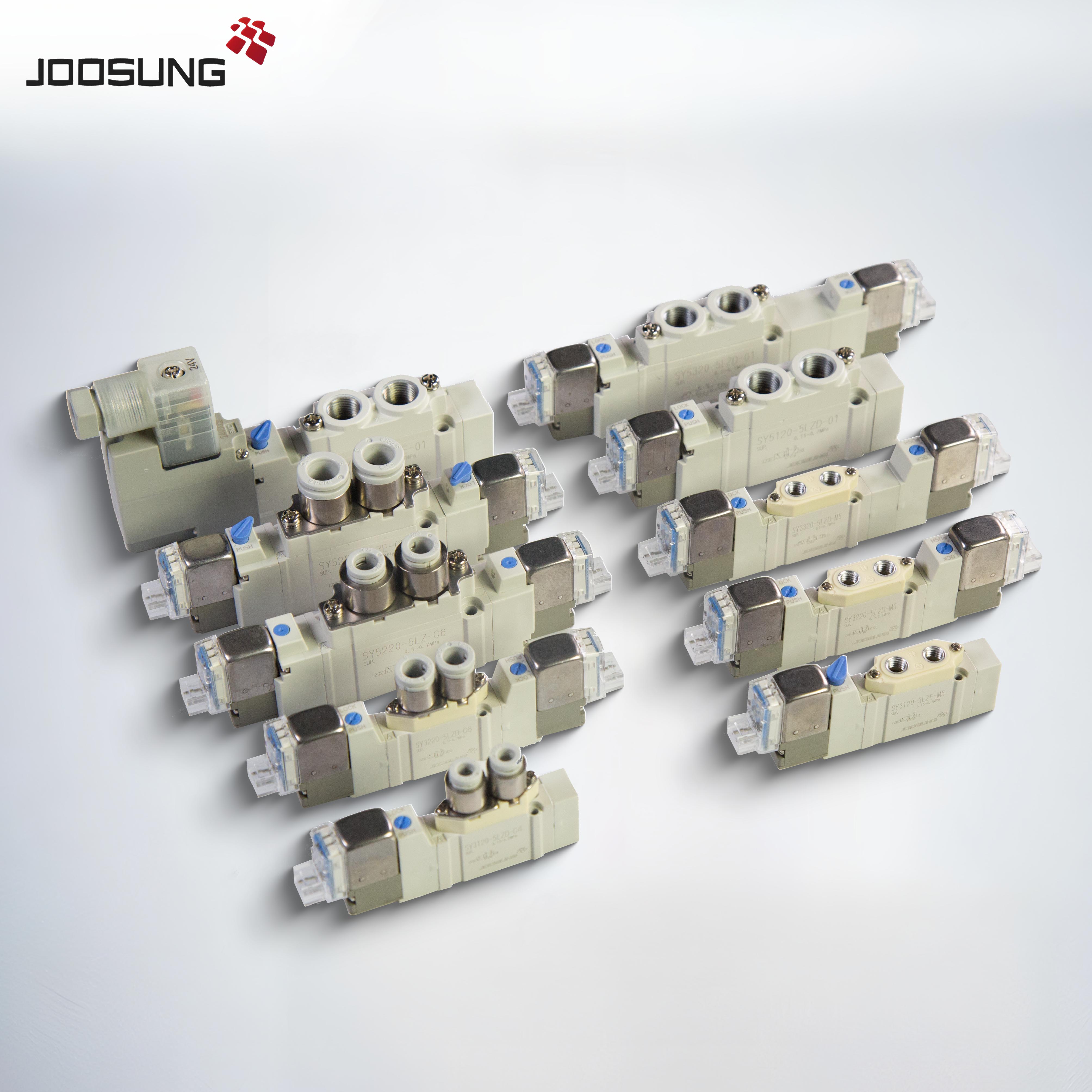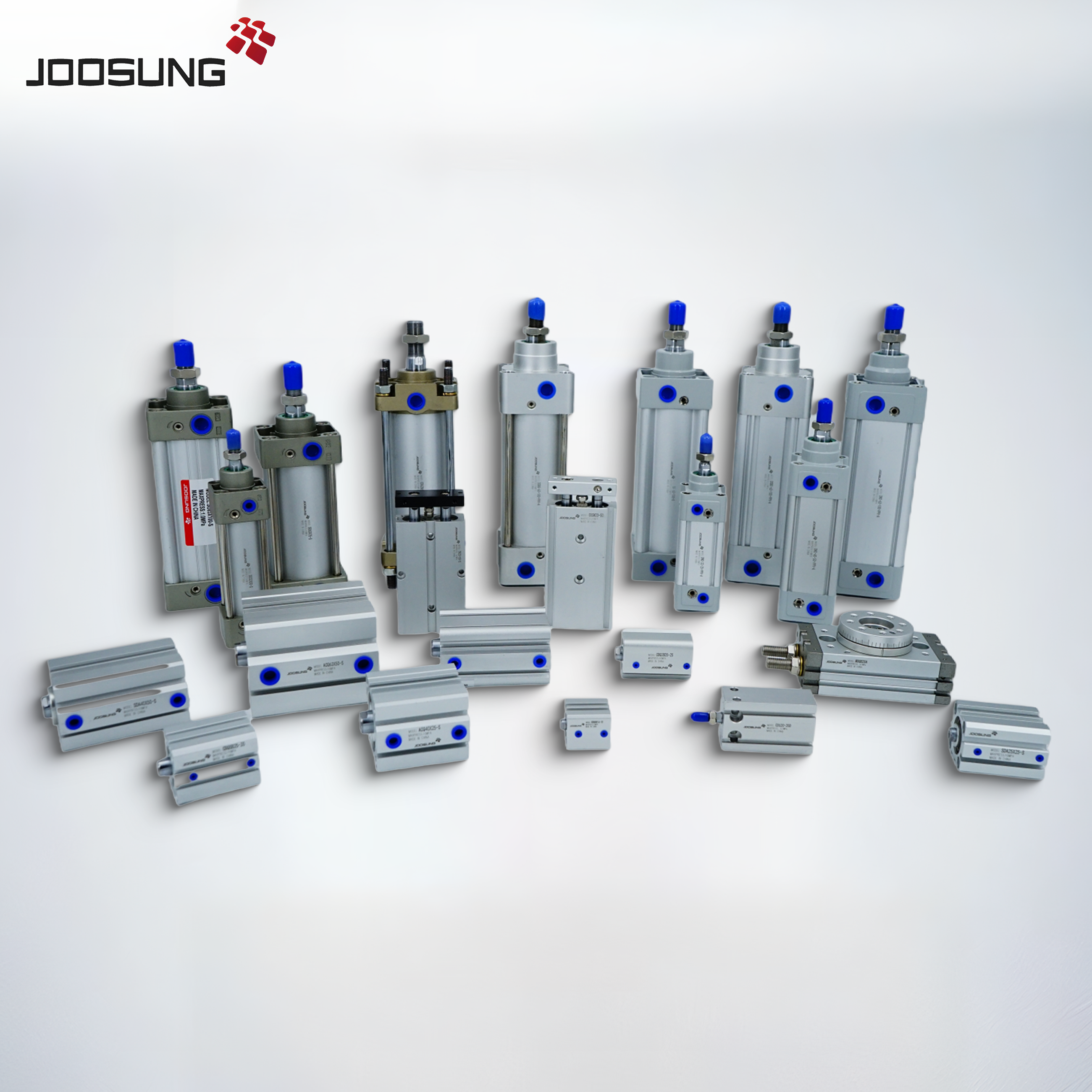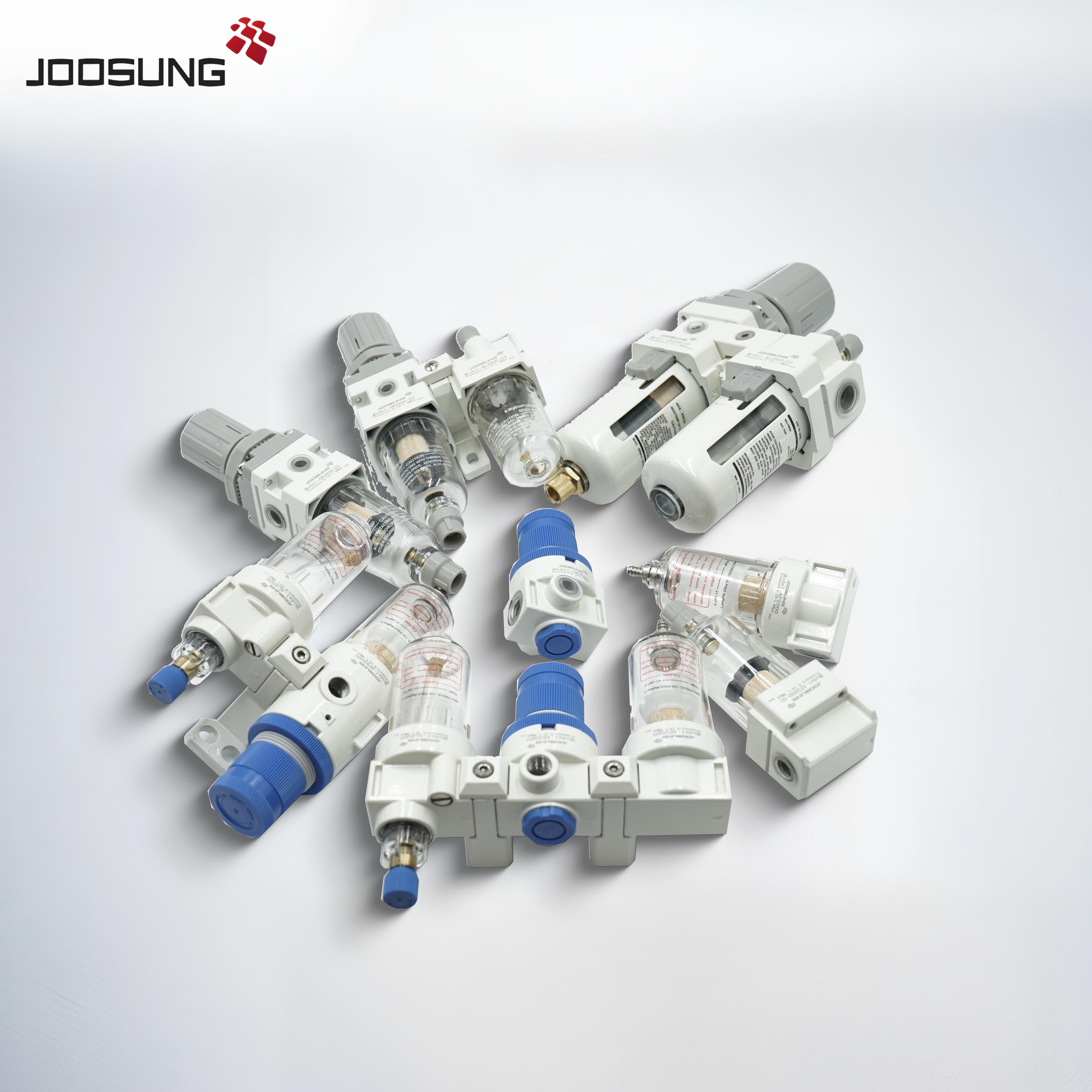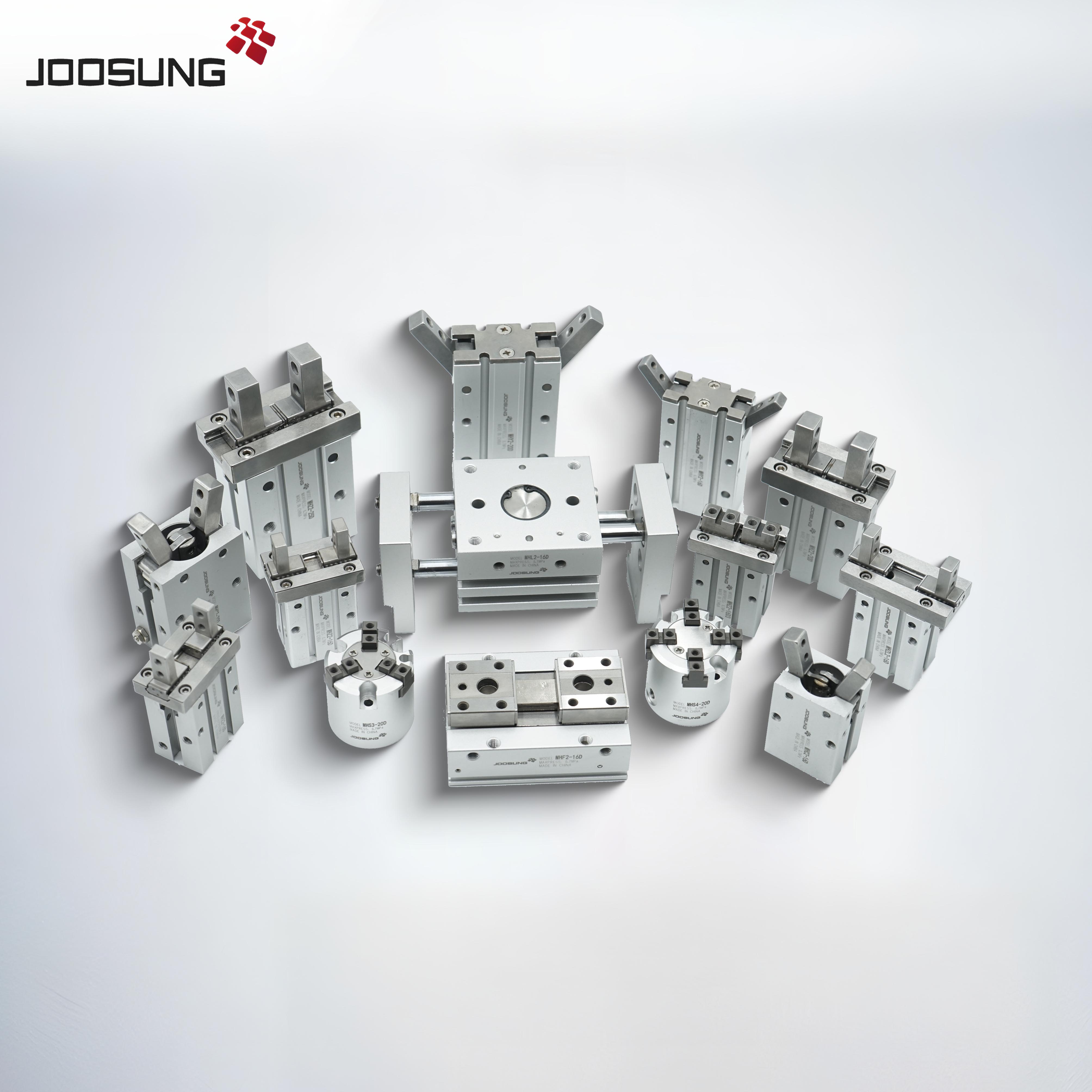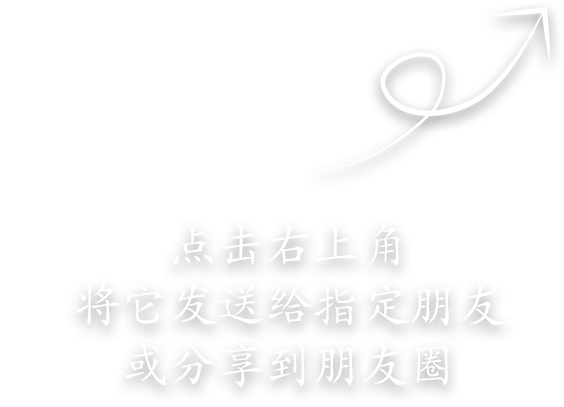Common Fault Solutions For Smc Pneumatic Cylinders
 SMC Pneumatic Cylinders are very common pneumatic components and are widely used in various mechanical equipment and automated production lines. During the usage process, due to various reasons, some faults or problems are inevitable. This article will introduce common faults of SM Pneumatic Cylindersand their solutions to help everyone better maintain and use the Pneumatic Cylinders.
SMC Pneumatic Cylinders are very common pneumatic components and are widely used in various mechanical equipment and automated production lines. During the usage process, due to various reasons, some faults or problems are inevitable. This article will introduce common faults of SM Pneumatic Cylindersand their solutions to help everyone better maintain and use the Pneumatic Cylinders.
1. Air leakage in the cylinder
Cylinder leakage is one of the common faults of Pneumatic Cylinders, which is manifested as no gas output from either the intake port or the exhaust port of the cylinder, or abnormal gas output. The key reasons are as follows:
The cylinder seal is poor
If the cylinder seal is poor, it will cause air leakage in the cylinder. At this time, it is necessary to check the cylinder seal, such as whether the sealing gasket is aged or worn, and whether the sealing surface is damaged, etc. If problems are found, the gasket needs to be replaced or the sealing surface repaired in a timely manner.
2. Excessive dust in the environment
In the factory production workshop, dust and debris may enter the cylinder interior, causing poor cylinder sealing and air leakage. At this point, it is necessary to enhance the cleaning and dust prevention measures of the factory, and carry out regular cleaning and maintenance of the Pneumatic Cylinders.
3. Cylinder material issues
If there are problems in the manufacturing or material of the cylinder, it is also easy to cause air leakage in the cylinder. At this point, it is necessary to replace the cylinder with a good quality and suitable one.
Second, the cylinder fails to operate
Cylinder failure to operate refers to the situation where the cylinder cannot or cannot execute instructions normally. This may manifest as internal damage to the cylinder, valve issues, or mismatching between the cylinder and the system, among other reasons. The solution to this problem depends on the root cause.
1. Internal damage to the cylinder
If the internal damage of the cylinder causes it to fail to work, at this time, the cylinder needs to be disassembled and the internal components, such as the cylinder shaft, piston, cylinder head, cylinder barrel, etc. Based on the inspection results, carry out grinding, replacement or maintenance and repair.
2. The cylinder does not match the system
If the cylinder does not match the system, it may be necessary to redesign, calibrate or replace the cylinder.
Such as problems like the cylinder speed being too slow or insufficient power.
3. The air pressure is too low or too high
SMC Pneumatic Cylindersmust operate within the specified air pressure range. If the air pressure is too low or too high, it will affect the working efficiency of the cylinder. At this point, it is necessary to change the air source pressure as required or adjust the cylinder pressure limiting plate.
Three. The cylinder runs slowly
Slow cylinder operation is manifested as the cylinder being unable to complete the action as instructed or at a relatively slow speed. This may be caused by the following reasons:
1. Large friction
Excessive friction will slow down the running speed of the cylinder. At this time, lubricant can be used for treatment. During the use of the cylinder, it is necessary to pay attention to regular oiling and maintenance.
2. The connecting pipe is clogged
Blockage of the cylinder connection pipeline, such as damage to the gas path pipeline, the generation of impurities and deposits, etc., will all lead to airflow obstruction and affect the working efficiency of the cylinder. At this time, regular cleaning and maintenance of the gas pipeline are required.
3. There is a problem with the valve port
Problems with the cylinder control valve, such as carbon deposits, damage, or burst, can all lead to a slowdown in the cylinder's working efficiency. At this point, it is necessary to regularly check the status of the learning control valve and carry out repairs or replacements.
Four. The cylinder does not act quickly
When using a cylinder, regular maintenance and care are necessary; otherwise, the speed of the cylinder will gradually decrease, showing problems such as slow action.
Maintain the movable parts of the cylinder
Regularly maintain the movable parts of the cylinder, including the piston and all parts of the cylinder lining, to ensure that they do not rust or get damaged. Add lubricating oil or grease as needed to ensure the rapidity of the cylinder components.
2. Prevent the cylinder from bending
To prevent the cylinder from bending, a thicker cylinder can be accepted to replace a thinner one, and it is necessary to ensure that it is firmly installed. At the same time, pay attention to designing a reasonable pneumatic system to ensure that the operating load of the cylinder is more stable and improve the rapidity of the cylinder.
3. Design a reasonable control system
Violent use of the cylinder may damage the cylinder and the equipment, so a reasonable control system design is crucial for the rapidity of the cylinder. To ensure that the cylinder focuses on precisely executing control instructions, unnecessary pneumatic pressure or vibration should be reduced as much as possible.
In conclusion, the cylinder is a crucial component of the transmission interface and requires regular maintenance and care to ensure its normal operation. When dealing with cylinder problems, it is necessary to carefully identify the root cause and take practical measures to ensure the normal operation of the equipment.


